Kashmir: Back to life
-
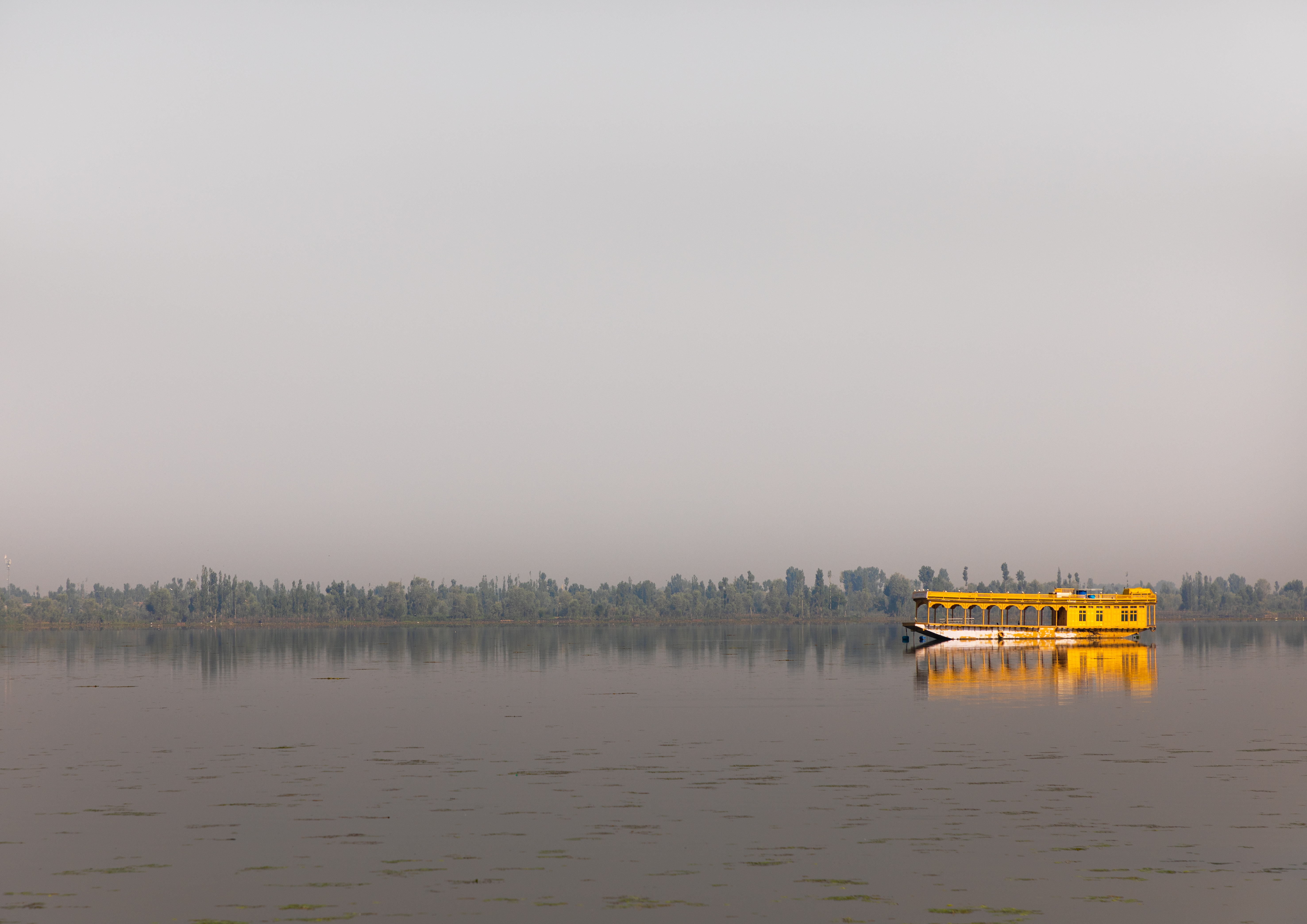
Houseboats, symbols of Kashmir: it is a tradition that dates back to the mid-19th century when the region was under British colonial rule. Yet the growing popularity of houseboats is raising concerns about the environmental impact on Dal Lake – pollution caused by houseboats and tourists is a problem (image: Eric Lafforgue) -

Warning signs are everywhere: Dal Lake receives a significant amount of untreated sewage and solid waste, which in turn is feeding harmful algae and compromising water quality. Sustainable management is vital to preserve the lake's ecological balance – for Kashmiris and tourists alike (image: Eric Lafforgue) -
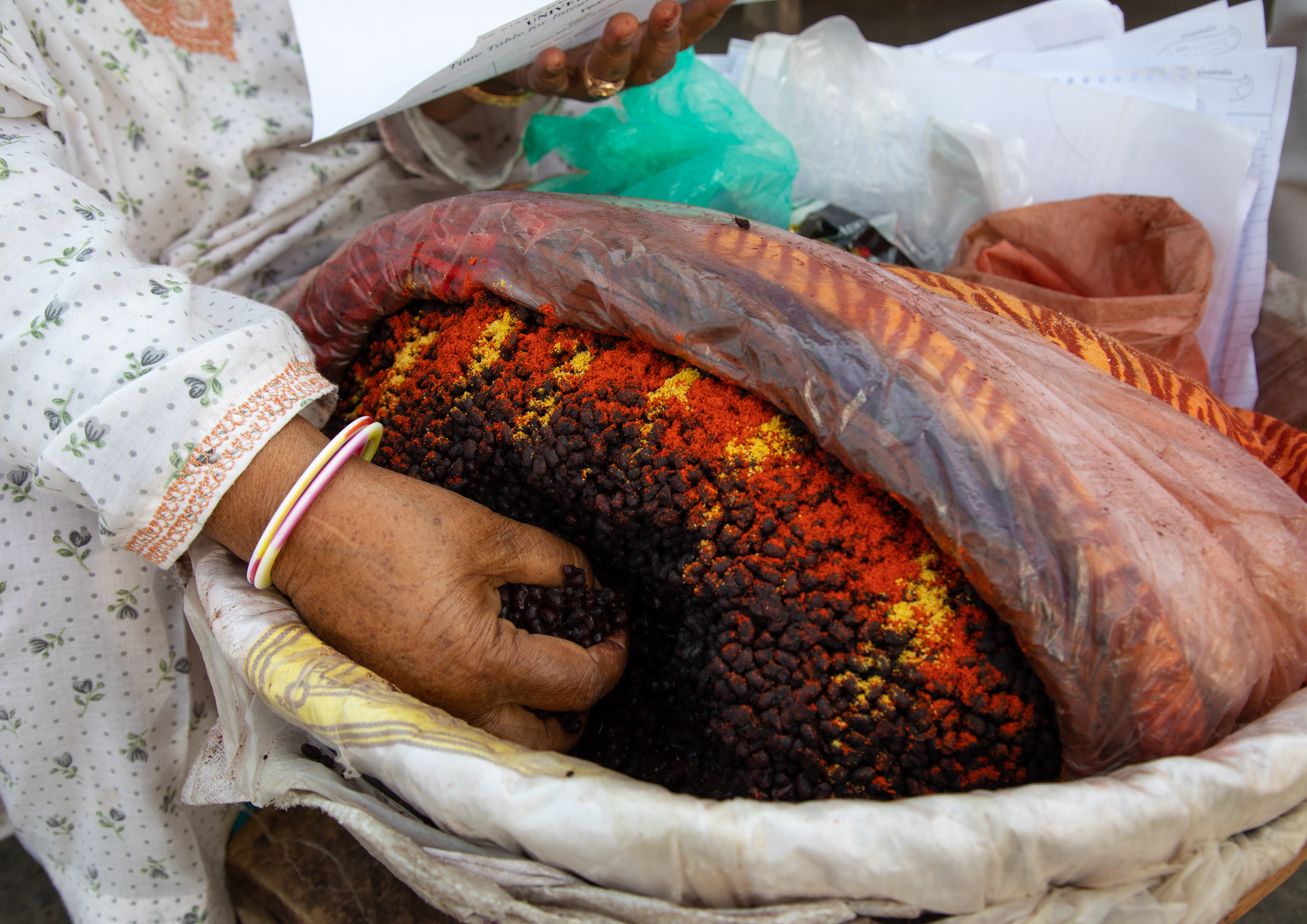
Rich and flavourful, Kashmiri cuisine is famous: street food can be found on every corner, offering a unique culinary experience. 'Ware muth' are steamed lentils served with different spices for a splash of vibrant colour – the appeal is obvious (image: Eric Lafforgue) -
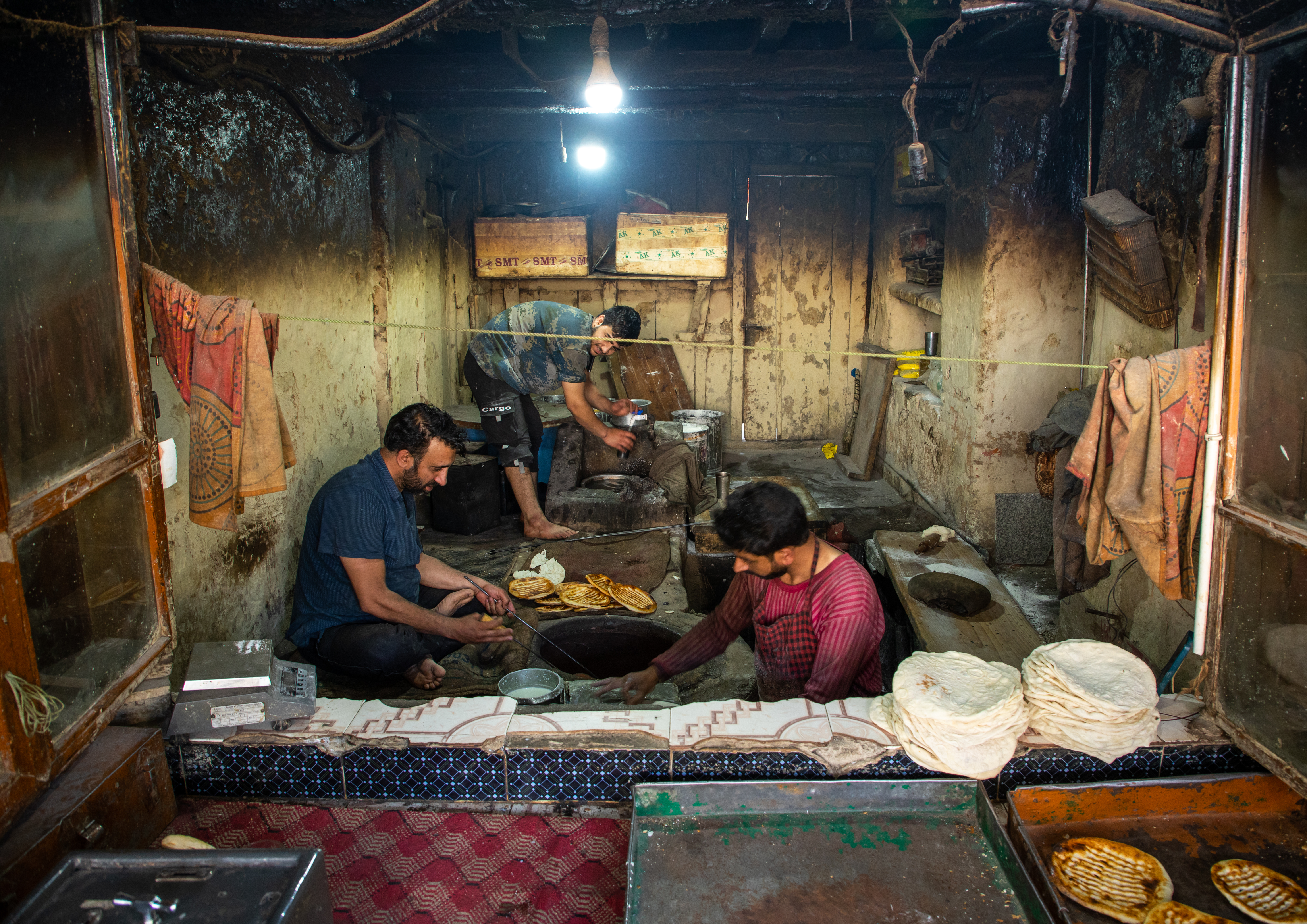
Srinagar, city of contrasts: even if the local economy is driving change, you just need to drop down a side street or cross the road to discover aspects of life that haven't changed for years – like 'tchot' bread, freshly baked every morning (image: Eric Lafforgue) -
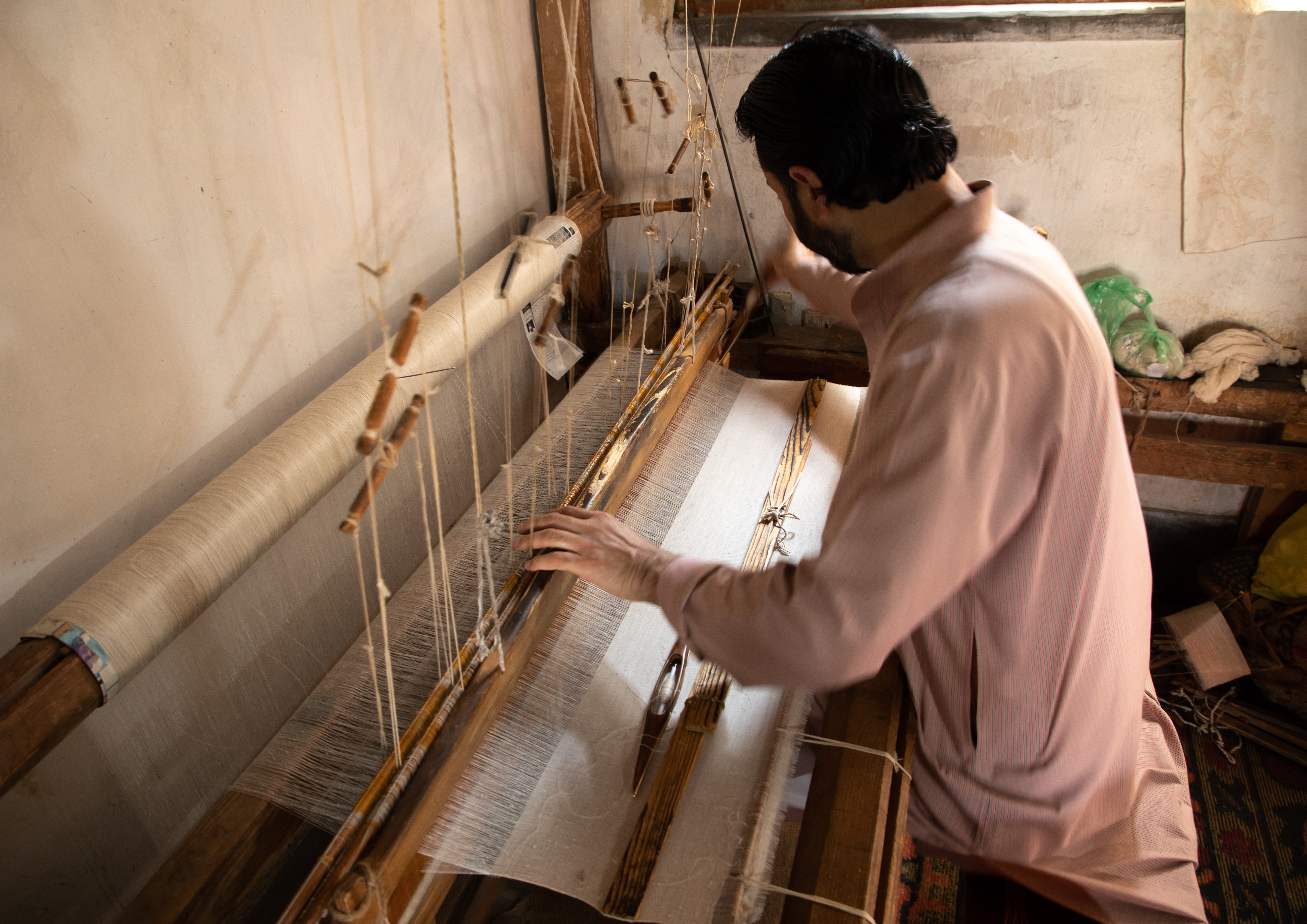
Kashmiri wool: whether as a 'pashmina' or 'cashmere', the region's wool is world-famous for its exceptional softness and warmth. Many villages still boast artisanal workshops, most of them run by one family. Much of what is produced is sold for export (image: Eric Lafforgue) -
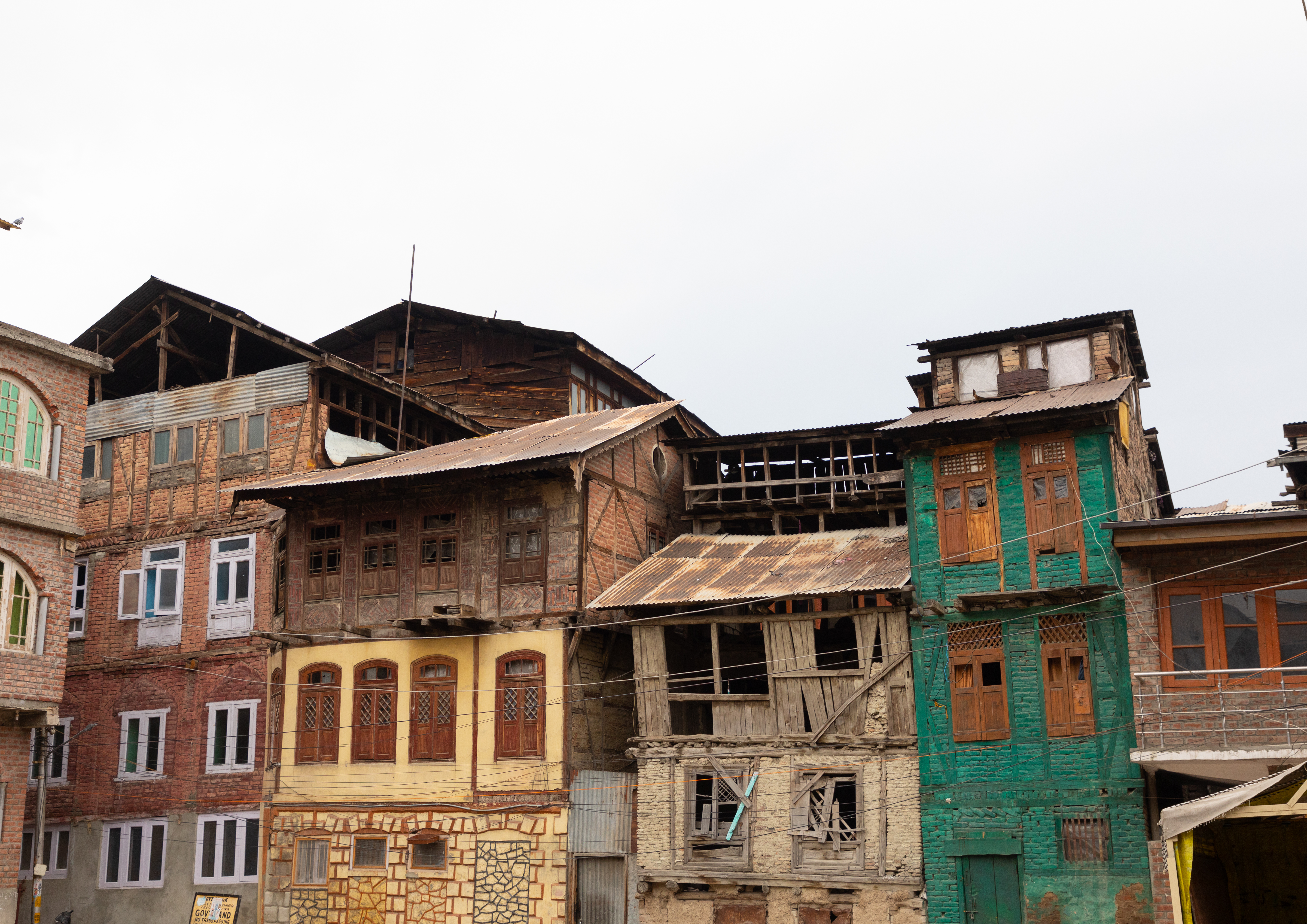
Traditional architecture: Srinagar features some splendid examples of Kashmiri wood-frame architecture with its intricate carvings. Kashmiri homes – 'kothas' – feature sloping roofs, carved wooden balconies and screened windows. These days, people are increasingly moving into new houses (image: Eric Lafforgue) -
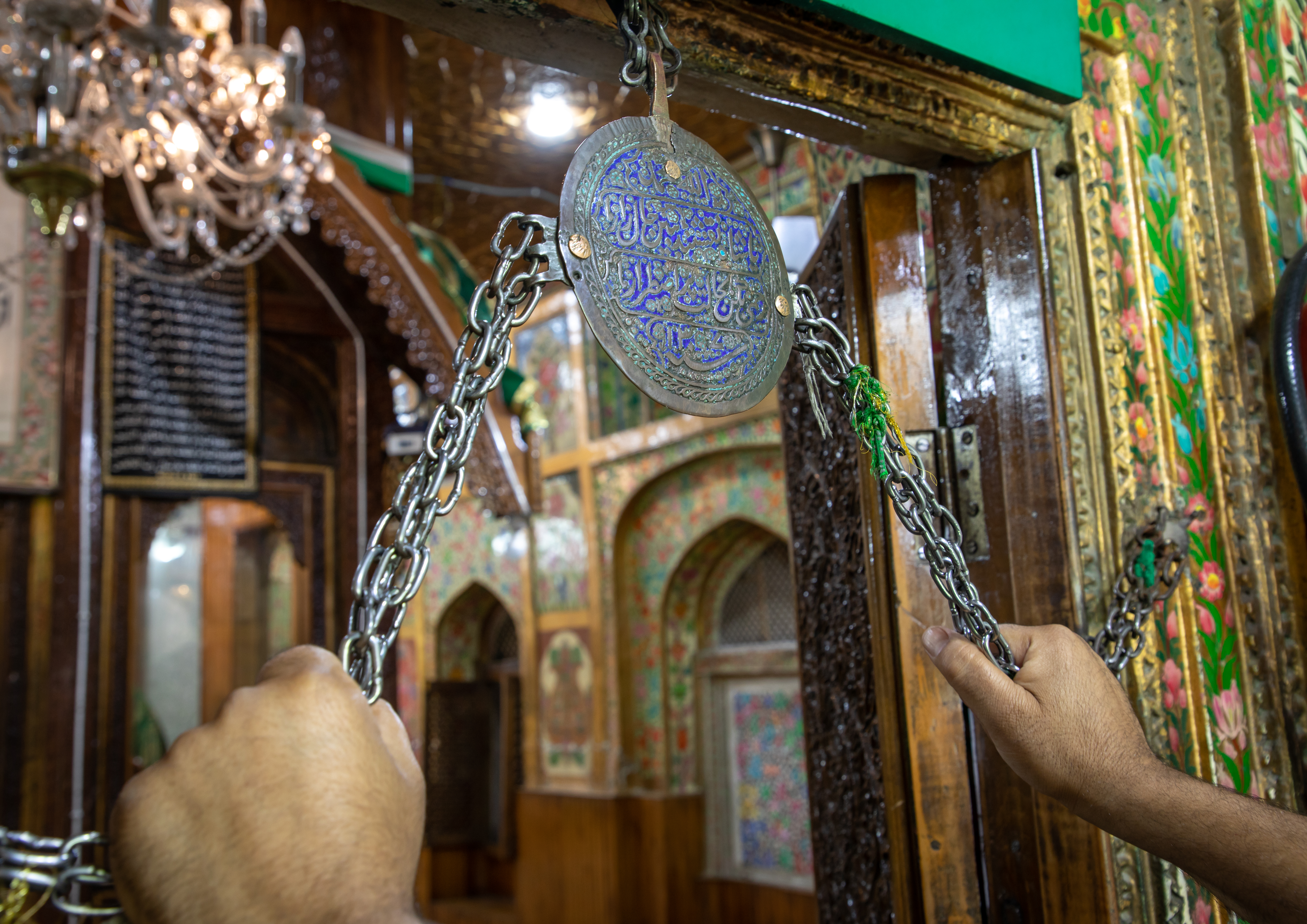
Islamisation of Kashmir: Sufi saints played a vital role and shrines can be found throughout the region. The Ziyarat Naqshband Sahab in Srinagar is a shrine dedicated to the Sufi saint Sheikh Noor-ud-din Noorani. Devotee s grasp the chains on entering the shrine as a sign of devotion to the saint (image: Eric Lafforgue) -
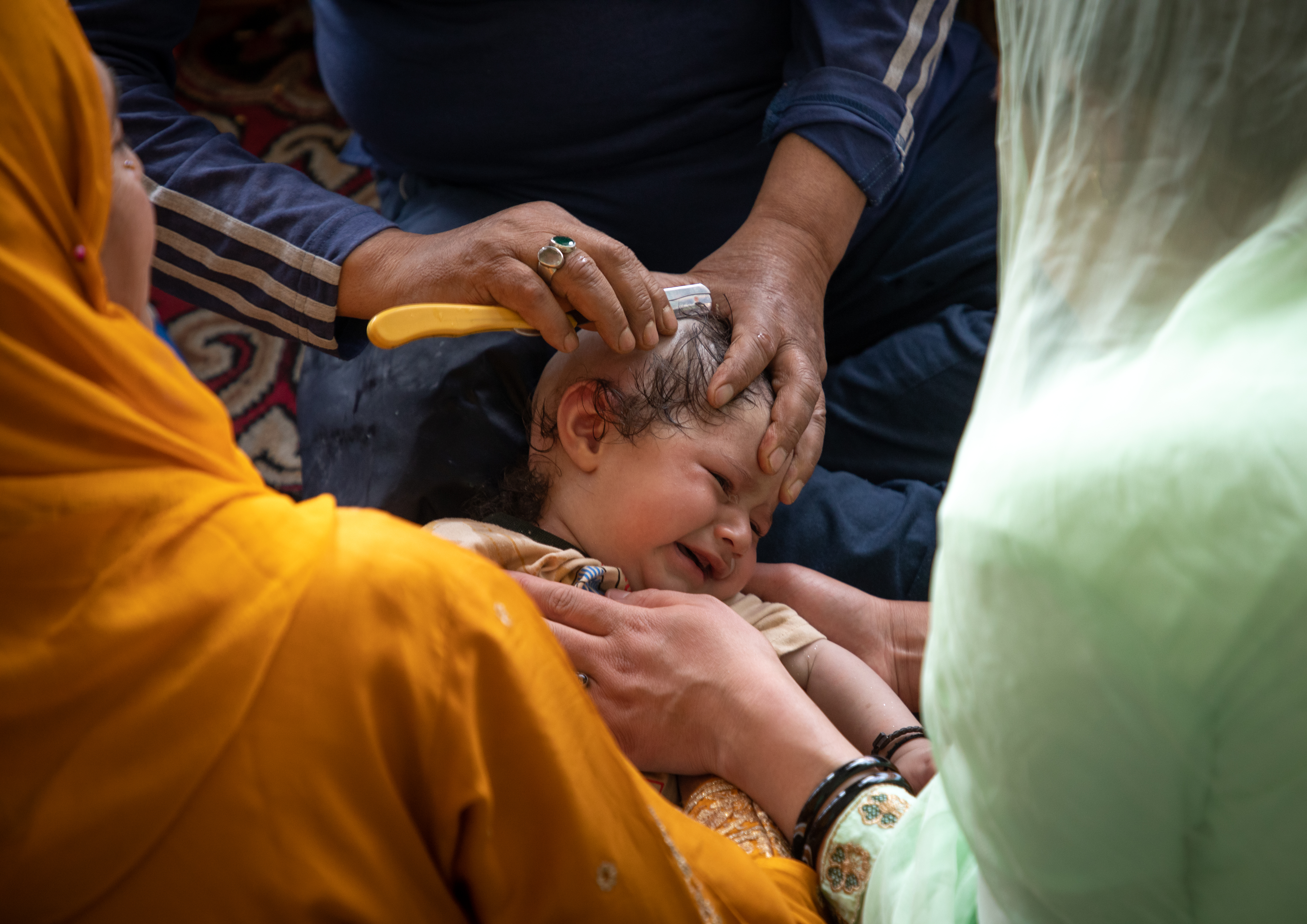
Sufi shaving ritual: in Kashmir, infants' heads are shaved inside the shrine as a sign of spiritual commitment and humility. The hair is frequently collected and offered to the saint's shrine (image: Eric Lafforgue) -
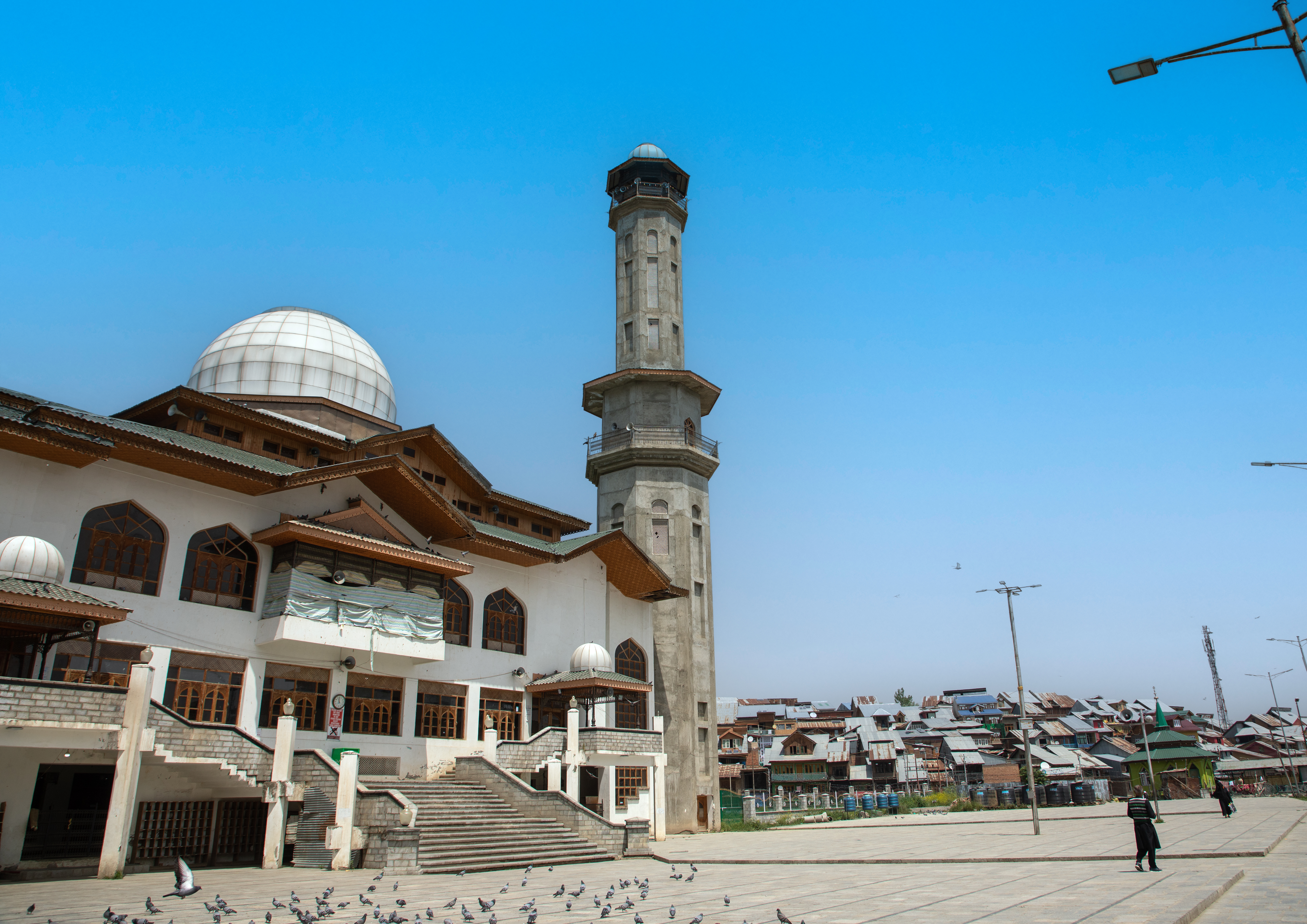
Charar-e-Sharif shrine, targeted during armed clashes between militants and security forces: in 1995, a huge fire destroyed the Charar-e-Sharif complex and surrounding houses. The incident had significant implications for the history of the region. Now rebuilt, the shrine is monitored by security forces (image: Eric Lafforgue) -
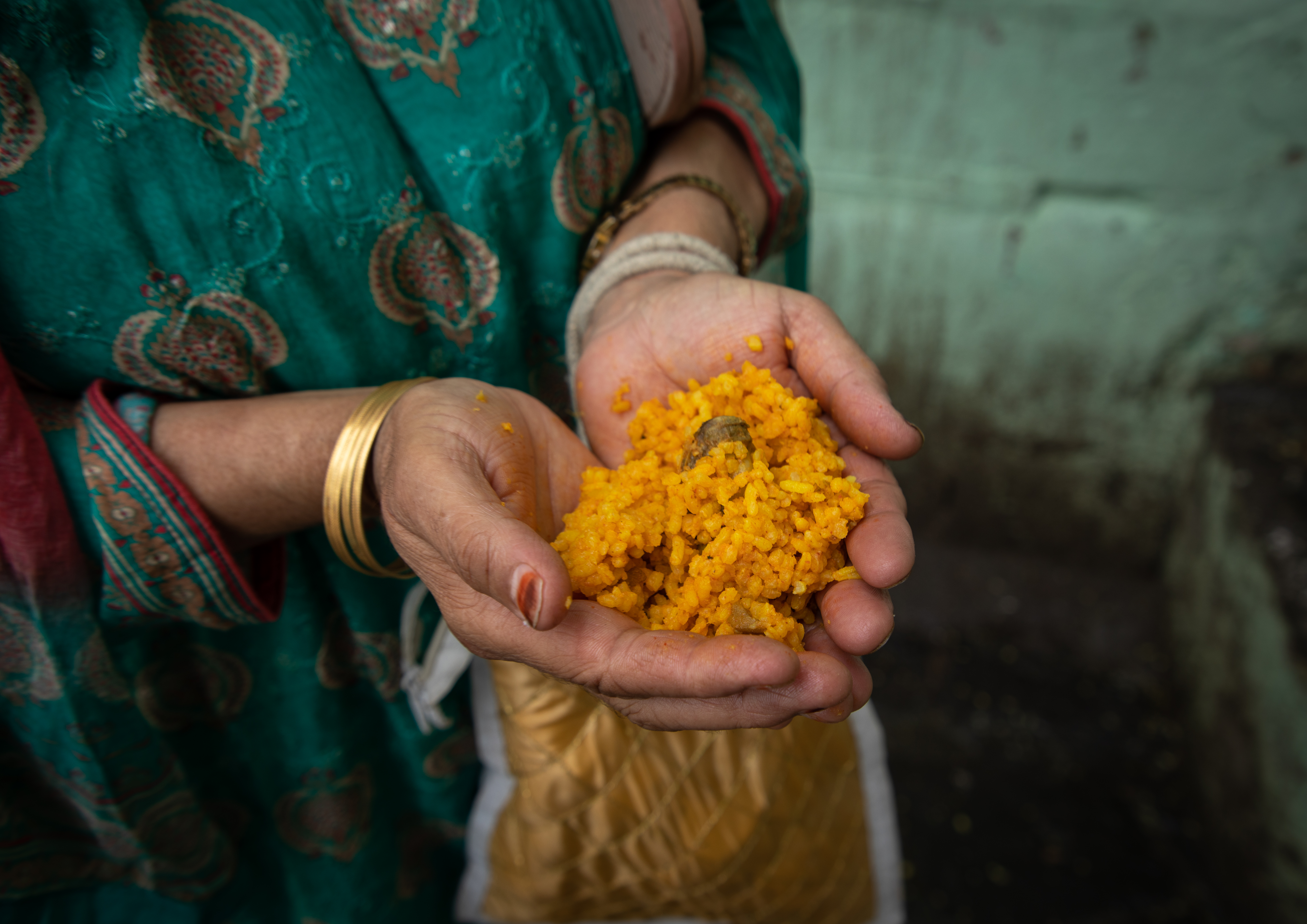
For people of all faiths: Sufi Makhdoom Sahib shrine welcomes all those who seek blessing. The offerings, like this rice, reflect the devotion of the people toward Sheikh Hamza Makhdoom. Some devotees also donate money to contribute to the maintenance of the shrine (image: Eric Lafforgue) -
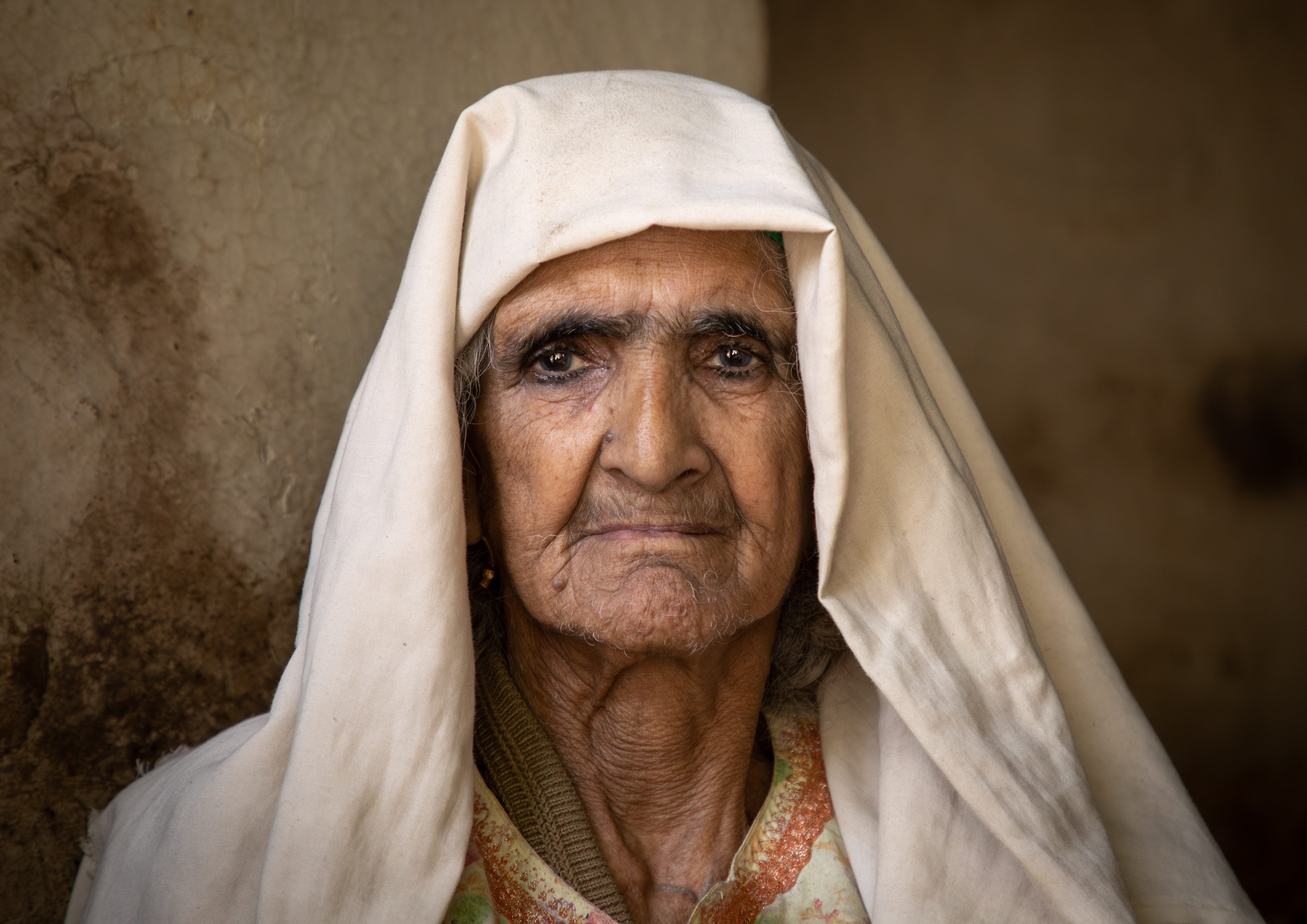
Kashmir conflict: from the late 1980s onwards, the hostilities have had a significant impact on the lives of women, especially those who took part in political activism. Many were engaged by militants as couriers, transporting funds and even arms (image: Eric Lafforgue)
https://qantara.de./en/node/42982
Link
To all image galleries
